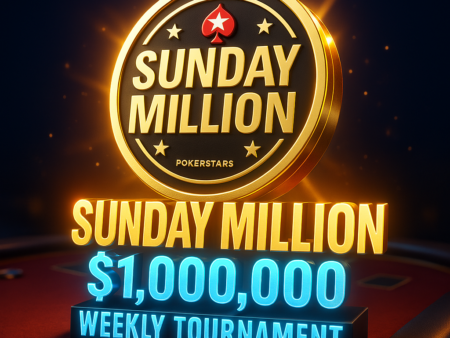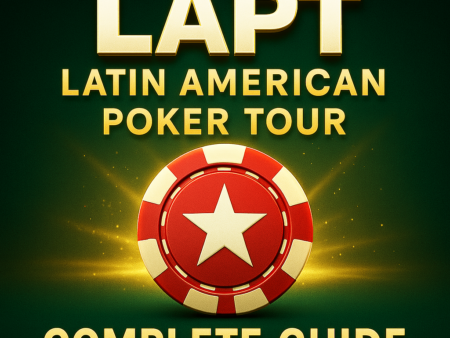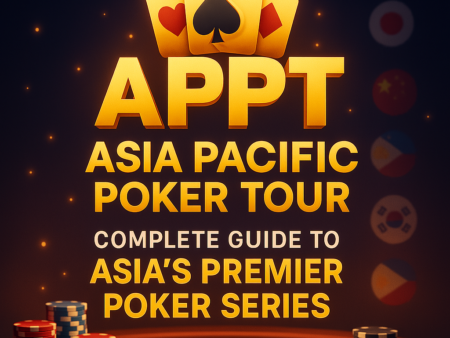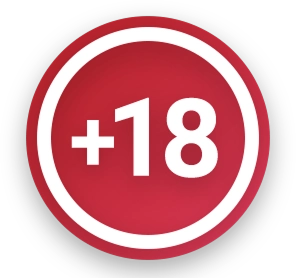🃏 Bluffing Tactics for Beginners: Learn the Art of Deception in Poker
Introduction
Bluffing is the soul of poker — it’s what separates casual players from true strategists. While professional players execute masterful bluffs with confidence, even beginners can learn how to bluff effectively and win pots without the best hand.
This guide breaks down the fundamentals of bluffing, explains when and how to bluff, and shows you how to avoid the most common beginner mistakes. You’ll also find a list of recommended online casinos where you can practice your bluffing skills safely and legally.
🎓 What Is Bluffing in Poker?
Bluffing is the act of representing a stronger hand than you actually have in order to force your opponents to fold. But it’s not just about lying — it’s about timing, psychology, and reading the table.
You don’t need to bluff often. You just need to bluff well.
💡 When to Bluff
Here are ideal situations to execute a bluff:
✅ 1. Heads-Up Pot
Bluffing works best when you’re against just one opponent — fewer variables, more control.
✅ 2. Position Advantage
If you’re acting last (on the button), you have more information and can better judge whether your bluff will succeed.
✅ 3. Dry Board Texture
Bluff on boards with no obvious draws (e.g. K♠ 7♦ 2♣) where it’s unlikely your opponent has hit a strong hand.
✅ 4. Strong Table Image
If you’ve played tight and haven’t bluffed yet, opponents are more likely to believe your story.
❌ When Not to Bluff
Avoid bluffing in these scenarios:
- Multiple Opponents: The more players in the hand, the lower your chances of success.
- Loose Calling Stations: If your opponent calls everything, bluffing is futile.
- Wet Boards: Bluffing on draw-heavy boards (e.g. 10♥ 9♥ 8♠) can backfire — someone may chase.
🔥 Types of Beginner Bluffs
1. Continuation Bet (C-Bet) Bluff
If you raised pre-flop, follow it up with a small bet on the flop — even if you missed — to represent strength.
2. Semi-Bluff
Bluff with a drawing hand (e.g. flush or straight draw). If your opponent folds — great. If not, you still have outs to improve.
3. Stealing the Blinds
Raise from late position when everyone folds. You might win the blinds uncontested — a small but steady profit builder.
4. Double Barrel Bluff
Bet both the flop and turn to apply pressure, especially if scare cards (e.g. Ace or King) appear on the board.
⚠️ Common Beginner Mistakes
- Bluffing Too Often: Save it for the right moment.
- Ignoring Opponent Types: Don’t bluff calling stations or maniacs.
- Telling a Bad Story: Your bluff should make logical sense based on prior betting.
- Not Committing to the Bluff: Half-hearted bluffs usually get called. If you’re bluffing, do it with confidence.
🧠 Quick Bluffing Checklist
| Question | Ask Yourself: |
|---|---|
| Position | Am I last to act? |
| Opponent | Are they tight or loose? |
| Table Image | Do I have credibility? |
| Board Texture | Is the board scary enough for a bluff? |
| Pot Size | Is the reward worth the risk? |
🏆 Best Licensed Online Casinos to Practice Bluffing
| Casino | License | Bonus Offer | Poker Format | Bluffing-Friendly Features |
|---|---|---|---|---|
| PokerStars | MGA | 100% up to $600 | NLH, Omaha | Anonymous tables, deep stacks |
| 888poker | UKGC | $88 free, no deposit | Tournaments | Multi-table, low buy-ins |
| GGPoker | Isle of Man | $100 in tickets & cash | Rush Poker | Smart HUD, bluff-tracking |
| Bwin Poker | Gibraltar | €100 bonus + tickets | Cash & MTT | Player notes, dynamic tables |
All operators listed above are legal, licensed, and perfect for practicing bluff strategies in low-stake games.
🎯 Final Word
Bluffing is an essential part of poker — but it’s not about flashy plays or constant aggression. It’s about timing, psychology, and discipline. Master the basics, study your opponents, and remember: the best bluffs are the ones that look like value bets.
Start small, practice often, and over time, you’ll bluff like a pro.










